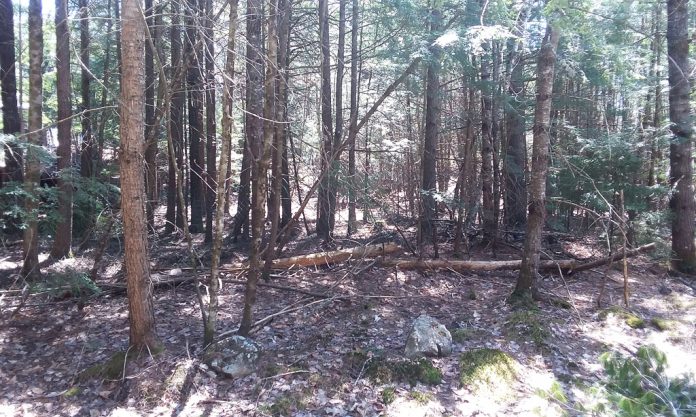
Spring is a great time of year for me. I have been making major changes to the farm this year, including putting in a large community garden with our neighbors. The livestock are out on rotational grazing, and the dogs and I are settling into a routine.
Budding plans
Most exciting are the buds emerging, and I don’t mean trees. Here, I raise Jacob sheep. While staying true to their heritage, I find the most fun thing about Jacobs are the horns. They can have anywhere from two to six horns each, and I always watch the young ram lambs with much anticipation.
The most important part of my breeding program is temperament. No one needs multiple horns and a bad attitude. I also look for intelligence and herd instinct. The rams stay out until selection for breeding season, and they are as much a part of herd protection as the dogs.
Little Fitz — who isn’t so little any more — is out working full-time now and getting the hang of rotational grazing. There have been unseasonal temperature fluctuations this spring, making grazing areas regrow sporadically, so there is no rhyme or reason to where they move next, other than my call each morning as we head out.
By the numbers
One of the most common questions I am asked is “How many dogs do I need?”
I recommend adding dogs based on several factors: predator load, patrol area and terrain type being the most important. Add dogs in one- to two-year intervals, watching how adults work together and adding supporting personalities to make a cohesive group.
When you have enough dogs for your area to be covered comfortably and still give everyone the occasional break, add one more. There will always be injuries, heats and surgeries that keep one or two dogs off the job.
I run dog heavy by most standards. Rough terrain and wooded forage areas make for low visibility and tiring work shifts. The plan is to work my dogs in pairs and trios to ensure everyone has not only companionship but, also, backup.
Now that Fitz is online and working full time, I will circle around to the next step in the process.
The next thing
One of the benefits to adding dogs in a staggered fashion means you can replace them in the same manner. My oldest pair are 9 and 7. While they are still going strong, I will be looking at picking their replacements.
Considering it takes an average 12 to 15 months of training to transition into my setup, by the time the replacements are working, that pair will be glad for the extra “hands” to take on some of the work.
As I write this, my oldest and dearest friend, Kyra, lays on a blanket next to my desk. She is getting some much deserved rest, while Fitz takes her spot for the night.
My guardian dogs are more than just security. They are fellow shepherds in the journey of farming, truly guardians of heart, hearth and home.
Just prior to the publication of this column, Kyra, the beginning of an era at Farei Kennels, died in the line of duty. She was a faithful, true friend to her shepherds and a fierce defender and protector of her charges. She will be missed, greatly.











